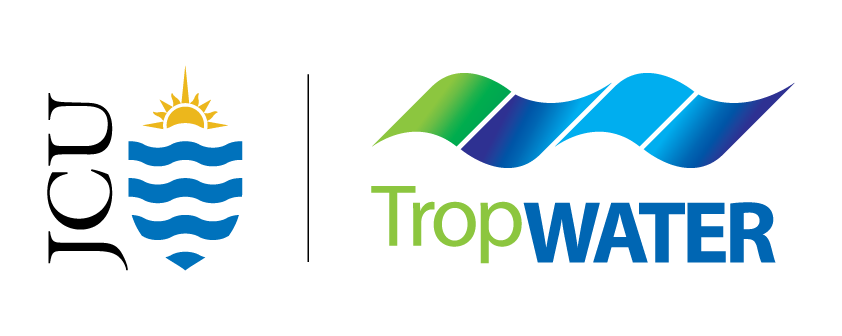Explainer: Blue carbon
- emmarehn5
- Oct 2
- 2 min read

What is blue carbon?
Blue carbon is carbon captured and stored in marine and coastal ecosystems, including mangroves, saltmarshes, seagrass meadows, and coastal wetlands. Similarly to blue carbon, teal carbon is carbon captured by non-tidal freshwater wetlands.
Through the process of photosynthesis, plants in these coastal ecosystems capture carbon dioxide from the air or seawater. Carbon is then stored within the plant – in the stems, leaves, roots, or rhizomes. Over time, the carbon captured is deposited in the soil below, through burial of organic matter under sediment, the release of organic compounds from plant roots (known as root exudates) into the surrounding sediment, or through incorporation by animals, such as tidal crabs.
These coastal ecosystems often capture and store carbon at much faster rates and more efficiently than terrestrial forests because they rapidly build up sediment and are submerged in water – this restricts oxygen which slows decomposition.
Why is blue carbon important?
Carbon sequestration – the capture and long-term storage of carbon – is an important way that ecosystems can capture carbon dioxide from the atmosphere and mitigate climate change.
If these ecosystems are damaged or destroyed, they release the carbon they have already stored while also losing the ability to capture more. This is occurring across much of our coastlines as sea levels rise, eroding shorelines.
Blue carbon programs aim to support the conservation and restoration of these coastal ecosystems to strengthen their capacity to capture carbon and store it in the long term.
Blue carbon storage is just one of many vital services these coastal ecosystems provide, along with protecting shorelines from storm surges, providing nursery habitats for fisheries, and improving water quality.
Our work with blue carbon ecosystems
From understanding carbon storage to restoring coastal habitats, our researchers are working on a range of projects to conserve and restore blue carbon ecosystems. Our work is also setting new methods and standards for blue carbon measurement and restoration and influencing blue carbon policies.
Our projects include:
Trialling methods to restore seagrass meadows, mangroves, oyster reefs, and Vallisneria meadows.
Identifying areas suitable for wetland restoration along the Great Barrier Reef coastline.
Investigating the ways mangroves in Australasia and southeast Asia store carbon depending on the geomorphology of where they grow.
Surveying mangrove health and assessing how mangroves are impacted by extreme climate events across the Great Barrier Reef region and the Gulf of Carpentaria.
Creating a tool to track the progress of mangrove conservation and restoration internationally.
Related projects:







